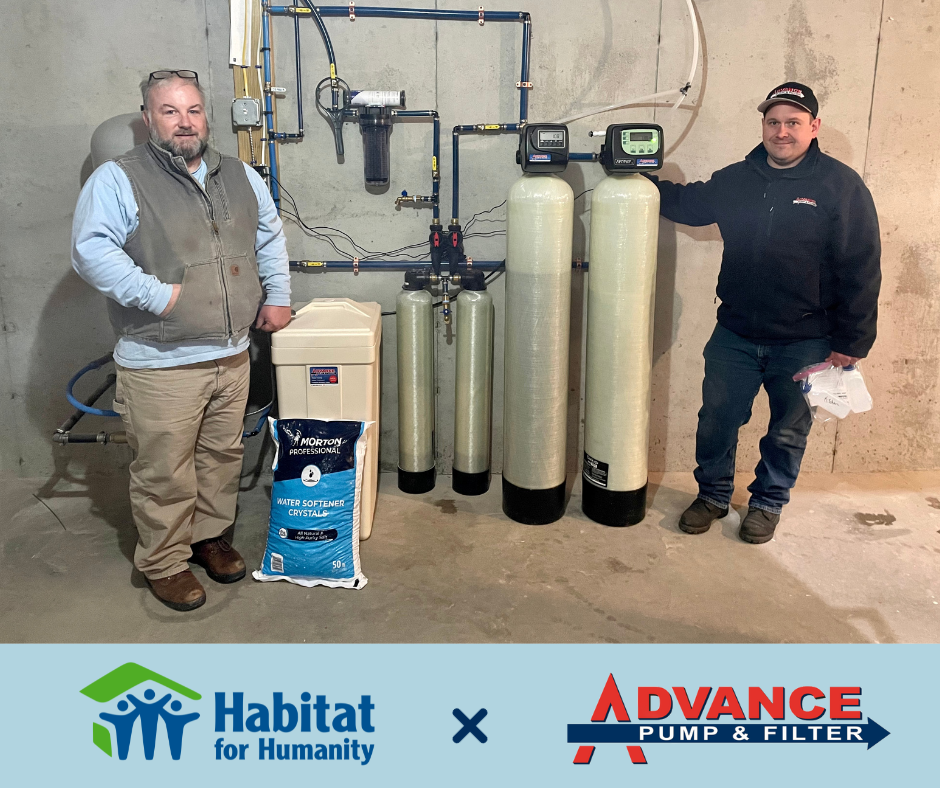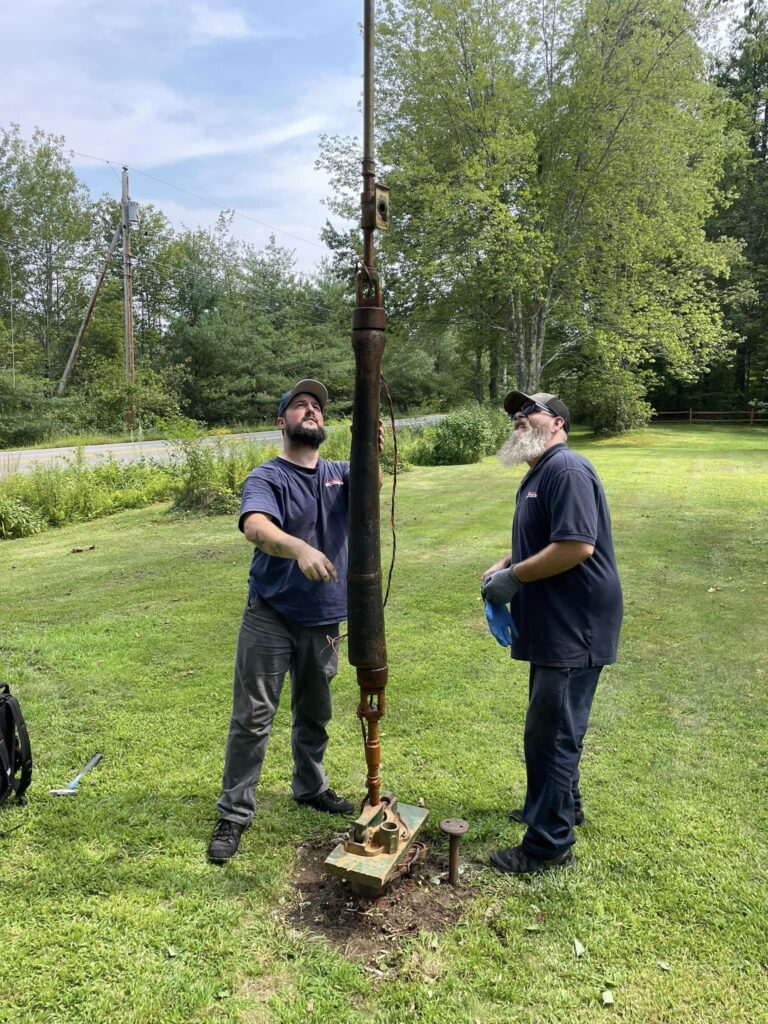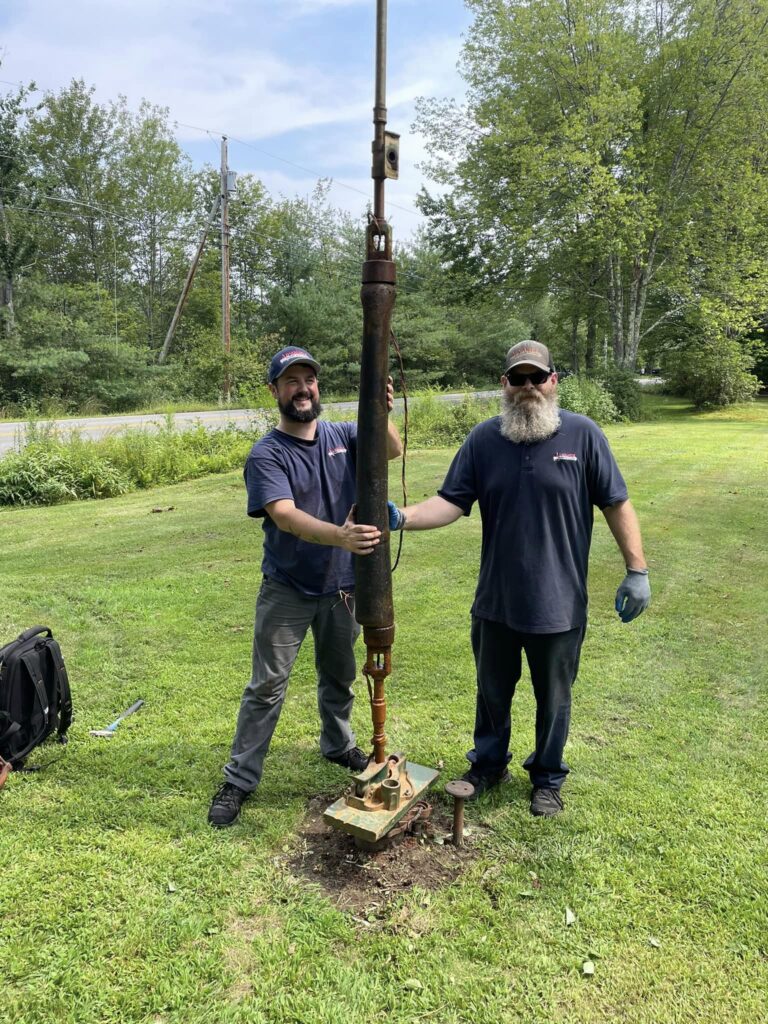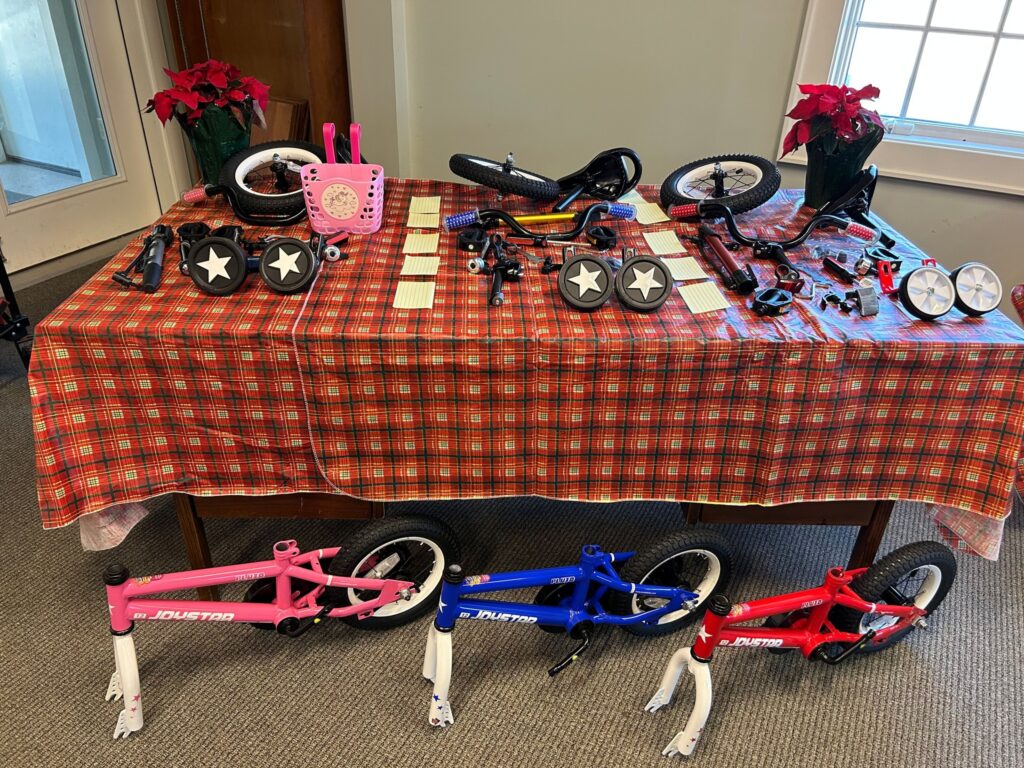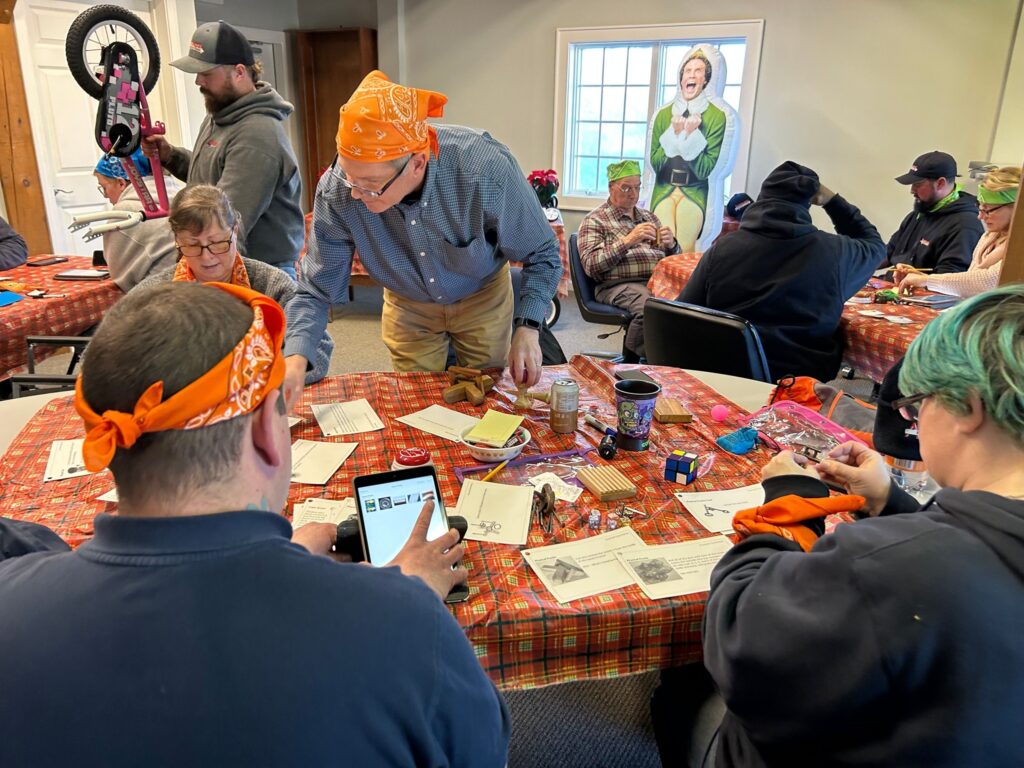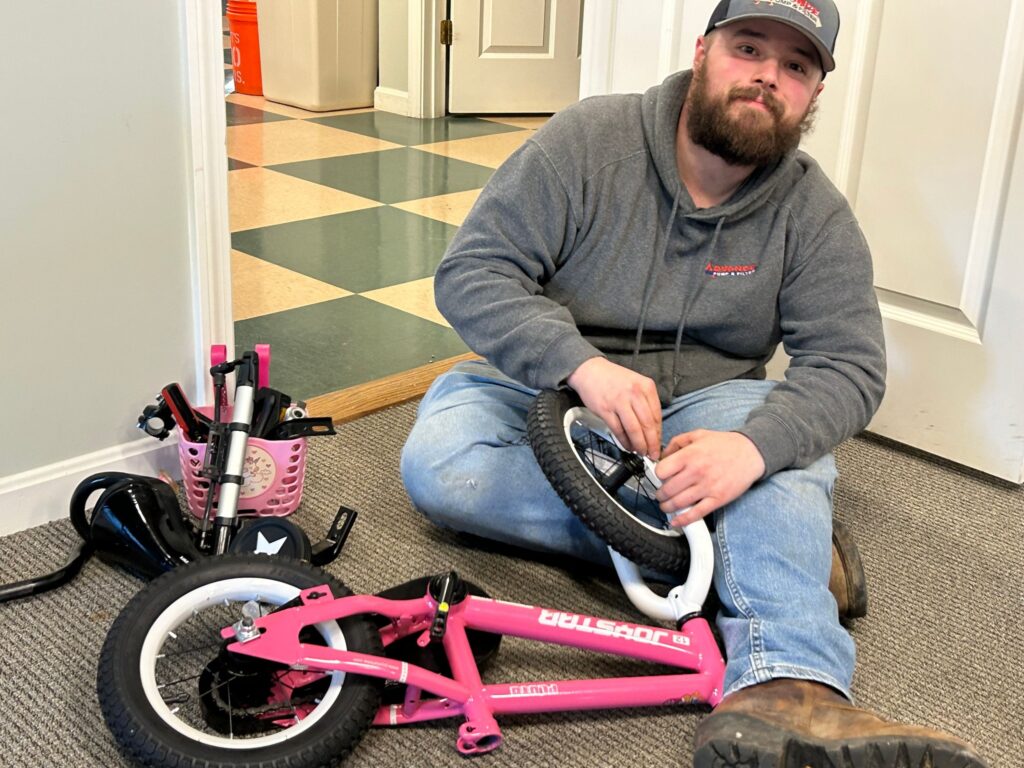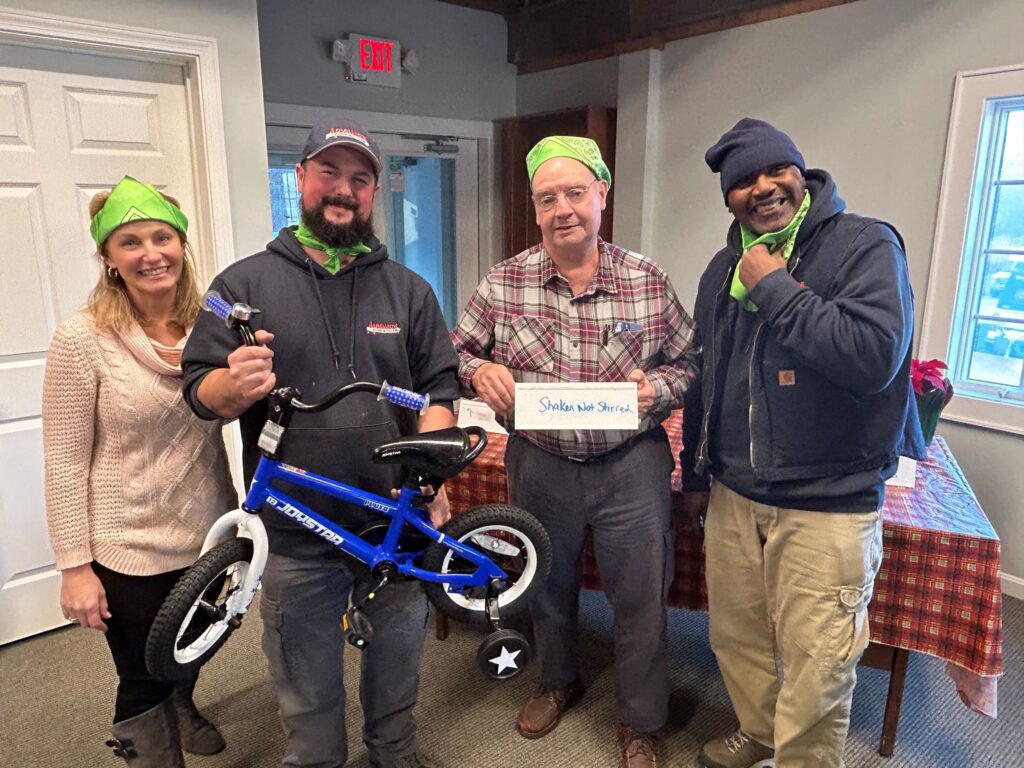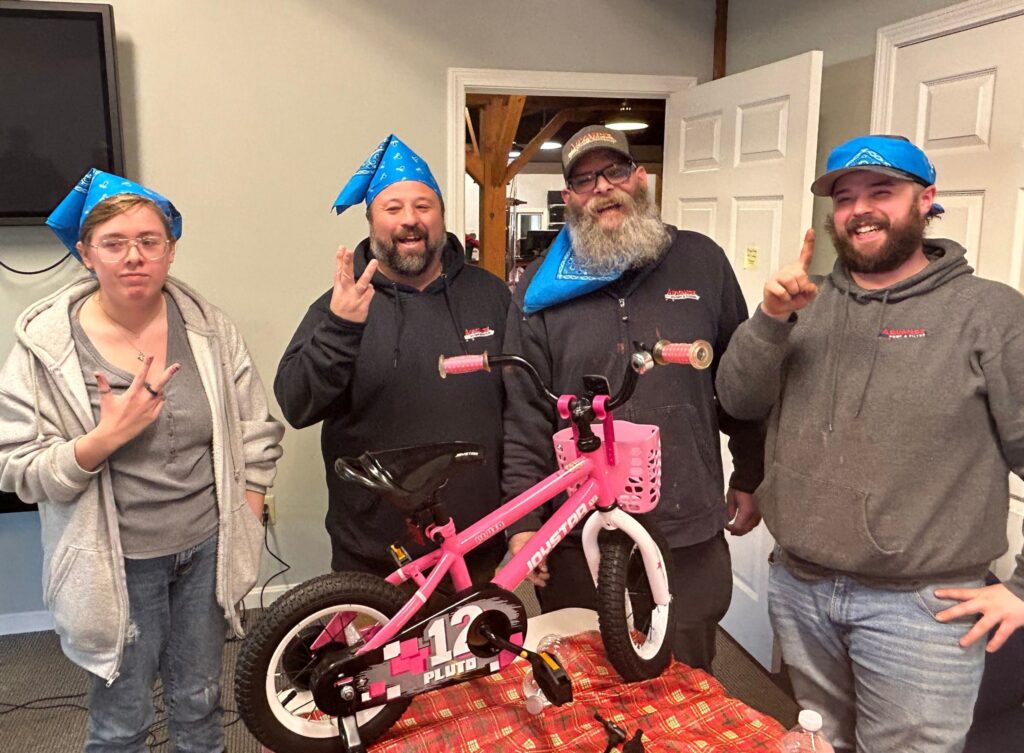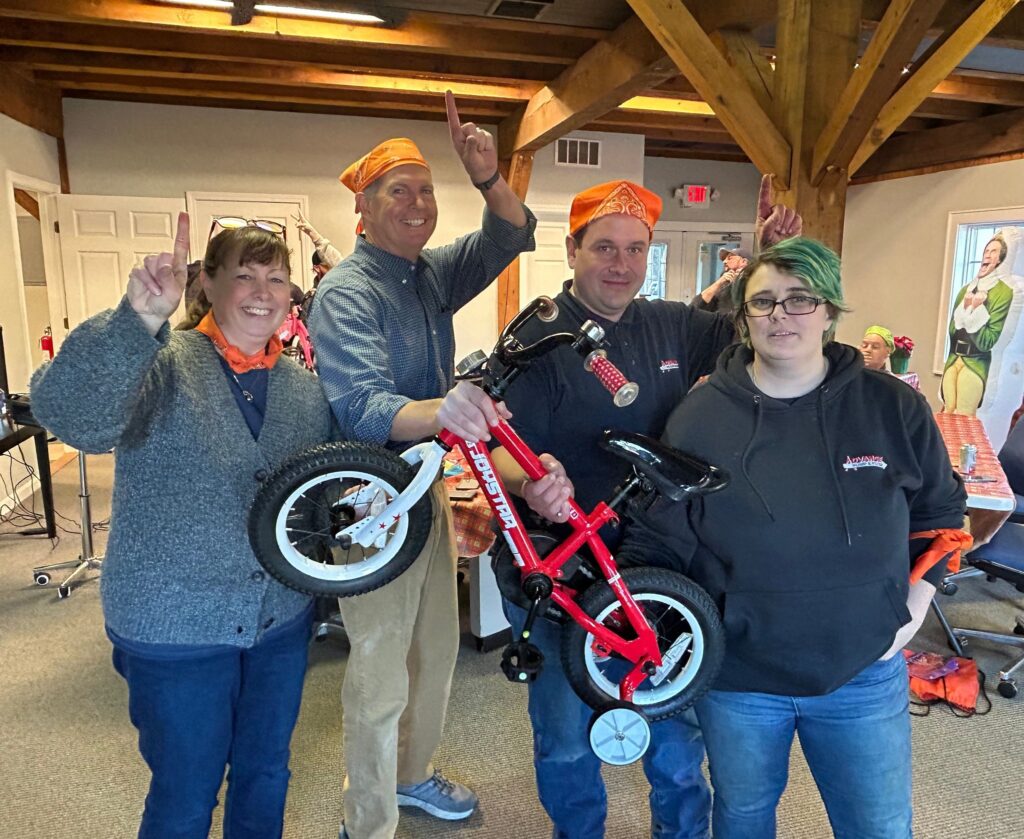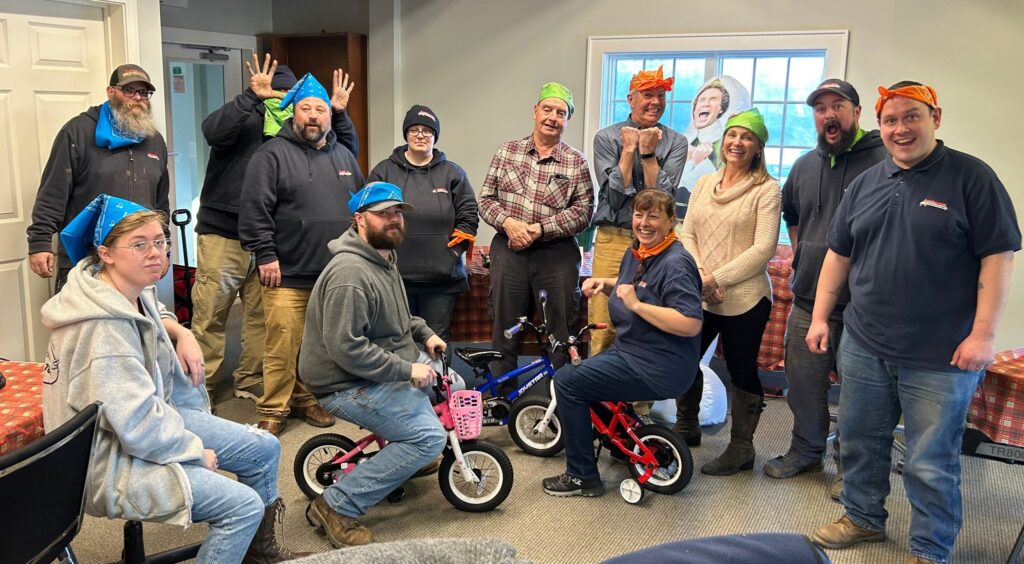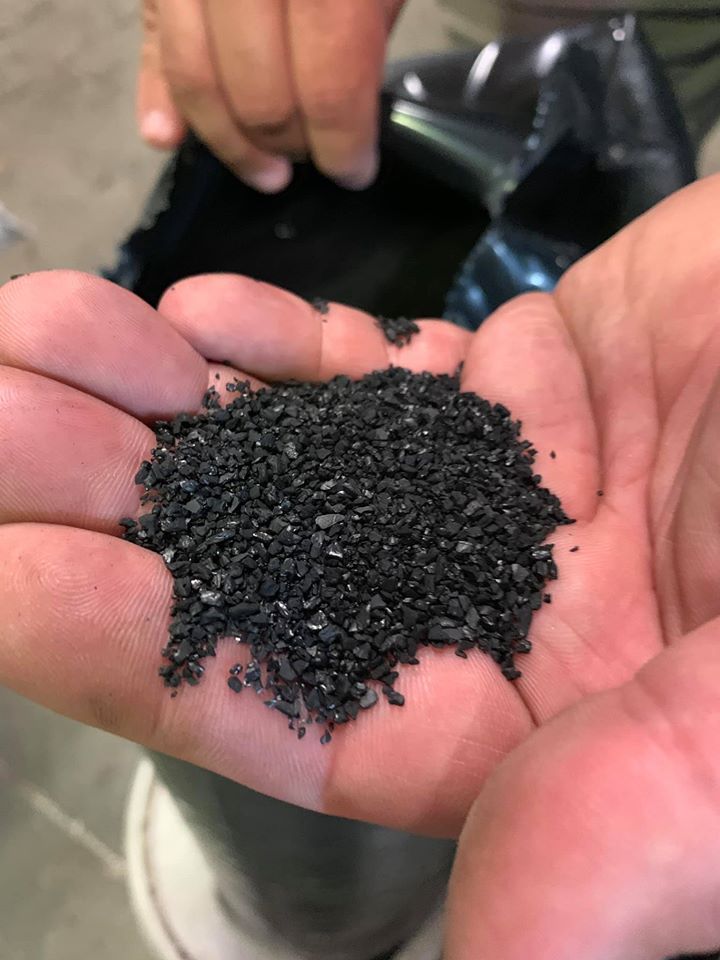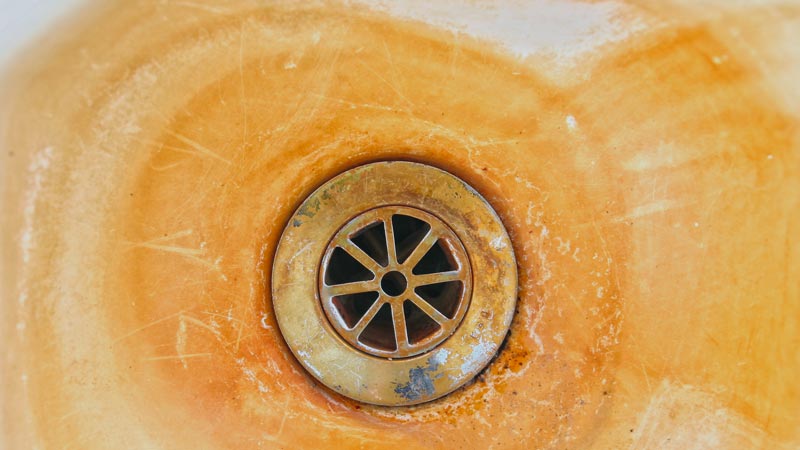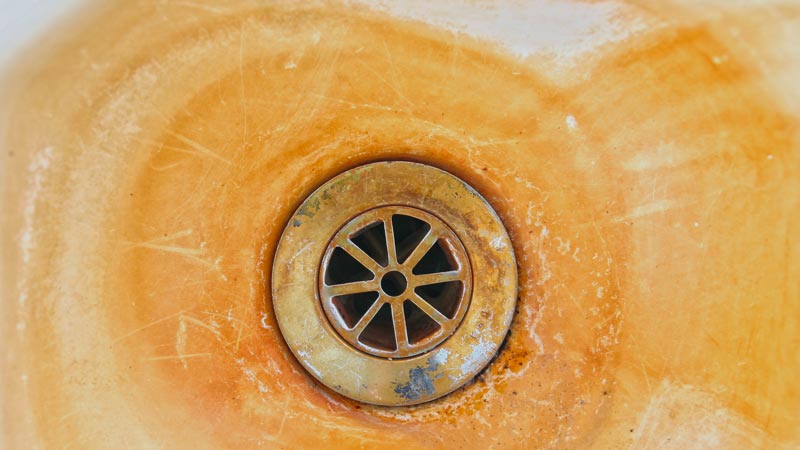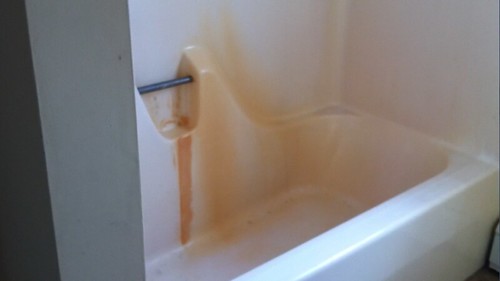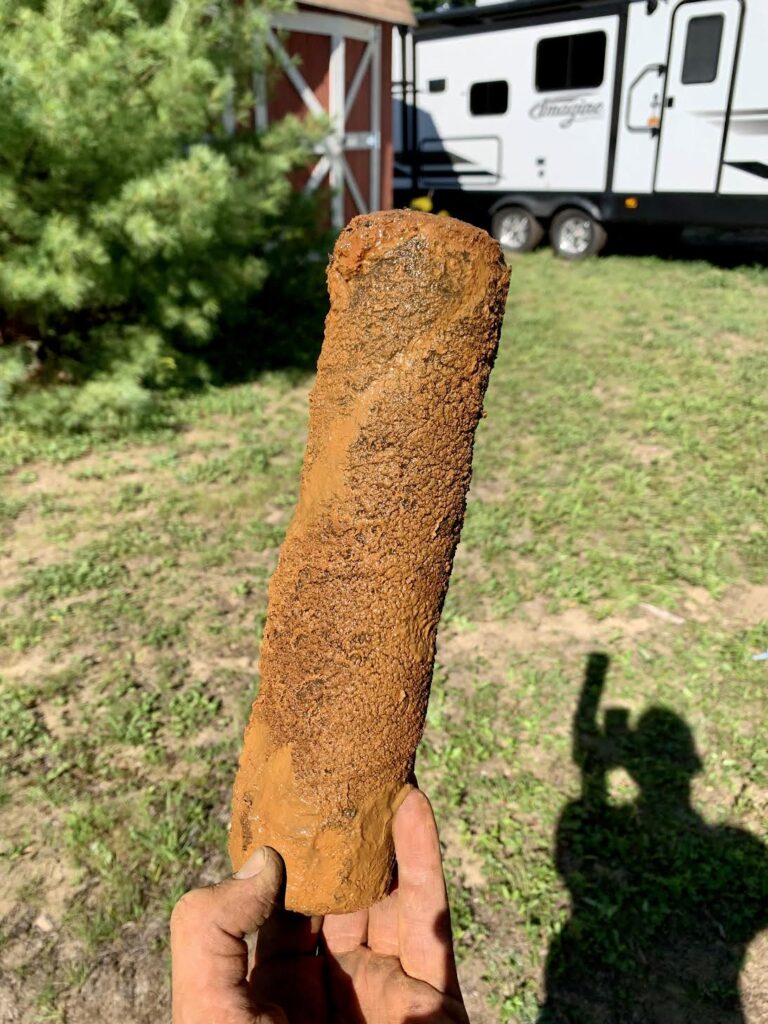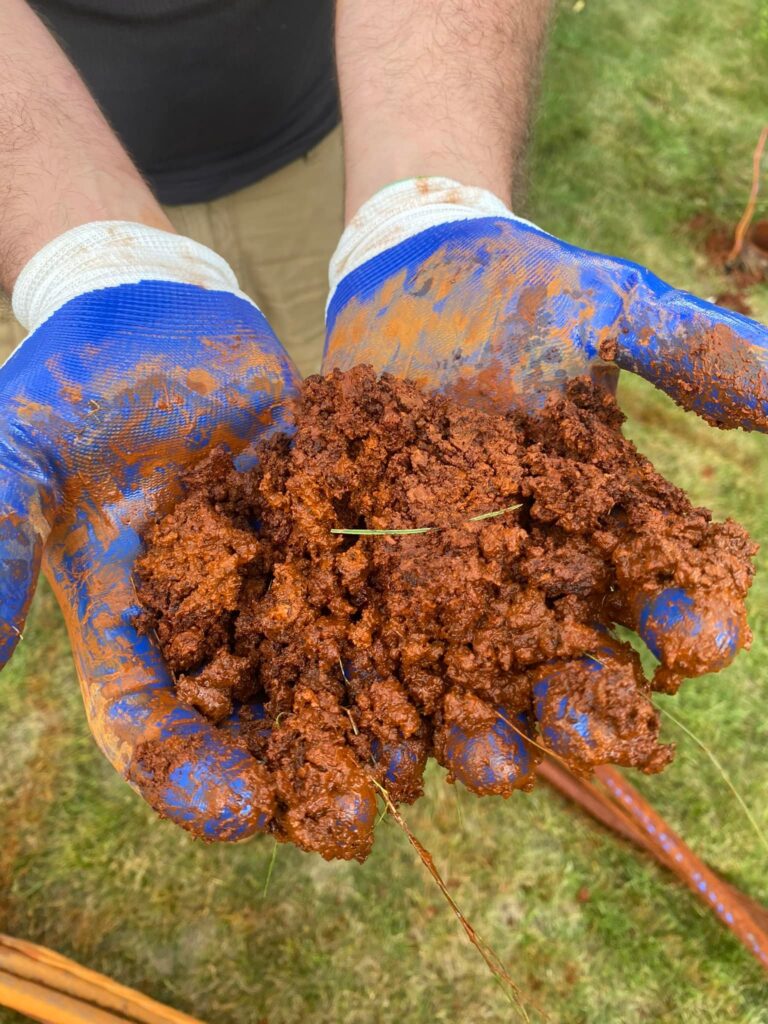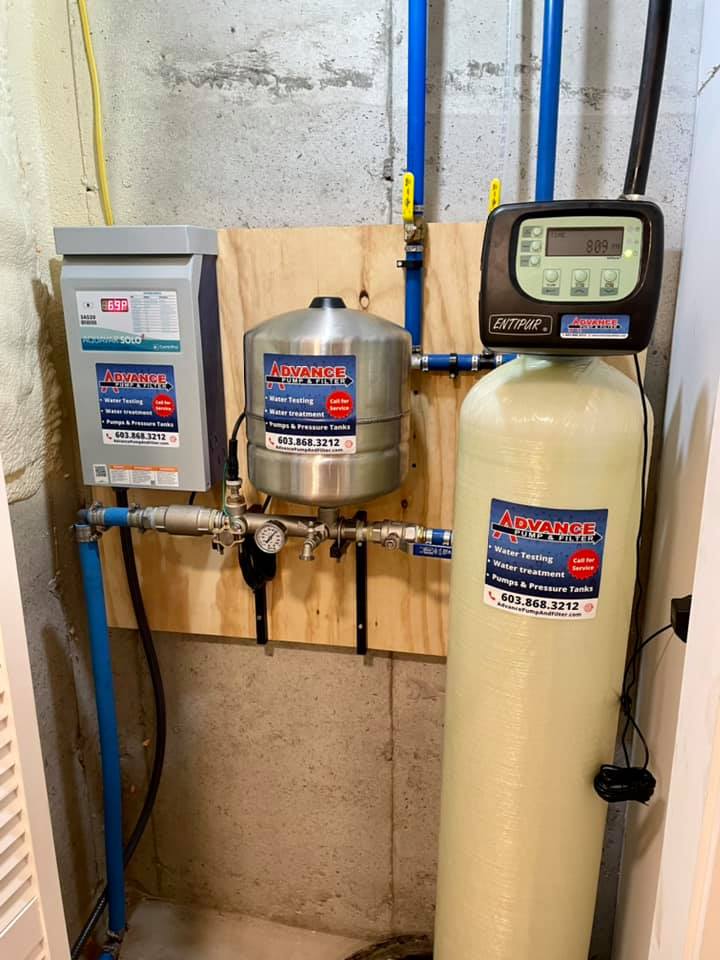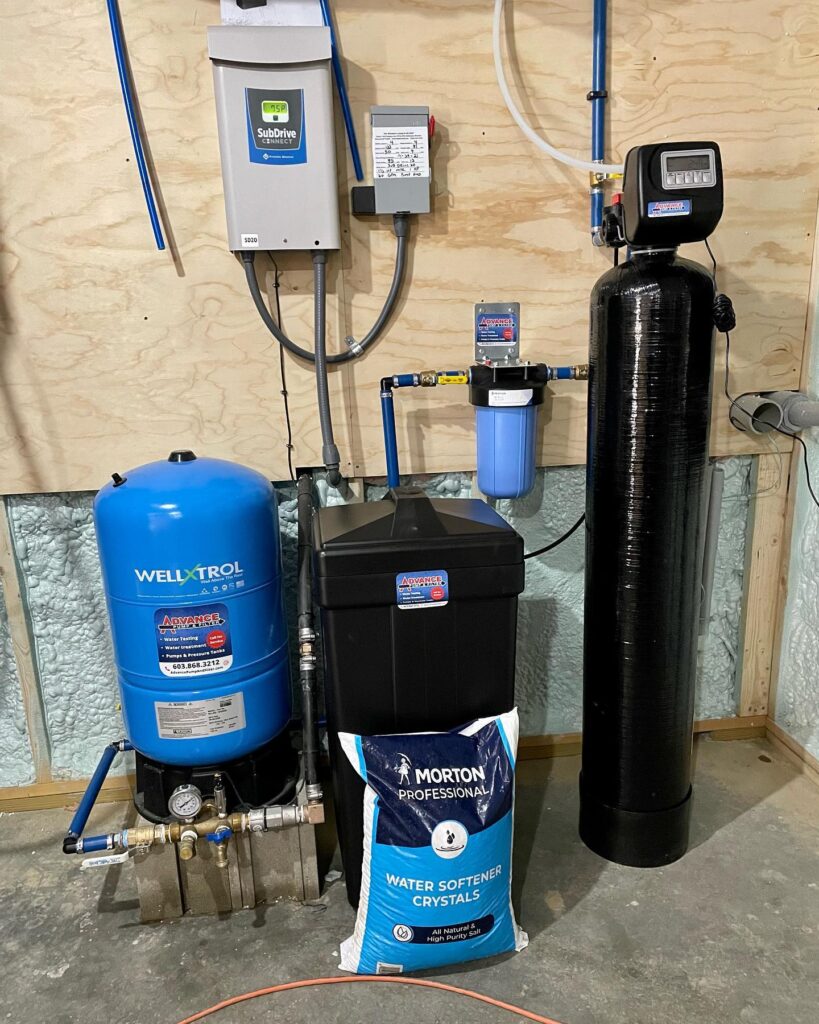Do you struggle with dry, itchy skin or streaky glasses after running the dishwasher? If so, hard water could be the culprit. Hard water doesn’t just leave its mark on your skin and appliances — over time, it can damage your plumbing, increase energy bills, and diminish your quality of life. Luckily, Advance Pump & Filter Company has the solution: water softeners.
What is Hard Water?

Hard water contains high levels of minerals like calcium and magnesium. While these minerals are naturally occurring, they can leave behind stubborn deposits on your appliances, clothing, and even your skin and hair. The buildup of these minerals can wreak havoc on your plumbing, reduce the efficiency of your appliances, and make cleaning tasks feel impossible.
That’s where water softeners come in. By removing excess minerals, a water softener protects your home and enhances your daily comfort. Whether you’re using city water or well water here in New Hampshire, you’ll feel the difference.
Let’s explore the benefits of water softeners and how they can transform your home!
Why Install a Water Softener?

1. Healthier, Smoother Skin- Hard water can leave your skin feeling dry, itchy, and irritated. For those with sensitive skin conditions like eczema or psoriasis, the effects can be even worse. With a water softener, you’ll notice softer, hydrated skin after every shower. Your soap will lather better and rinse off completely, leaving no residue to clog pores.
2. Shiny, Stronger Hair- Hard water doesn’t just affect your skin — it can also leave your hair looking dull and brittle. Instead of spending money on endless hair treatments that don’t solve the problem, address the root cause. A water softener can help you achieve smoother, shinier, and healthier hair.
3. Softer, Cleaner Laundry- If your clothes feel rough or look dull after washing, hard water may be to blame. Mineral buildup can make fabric stiff and leave behind stubborn stains. A water softener restores the softness of your laundry, giving you cleaner, brighter clothes with every wash.
4. Protect Your Pipes and Appliances- Hard water doesn’t just harm your skin and clothes — it also takes a toll on your home’s infrastructure. Scale buildup in pipes, water heaters, and appliances can lead to clogs, inefficiency, and costly repairs. By installing a water softener, you’ll extend the life of your plumbing and appliances while keeping them running efficiently.
5. Save Time and Energy- If you’re constantly switching cleaning products or fighting stubborn soap scum, hard water may be adding extra steps to your routine. With softened water, you’ll spend less time cleaning and more time enjoying the results.
6. Lower Your Bills- Hard water can drive up energy costs by making your water heater work harder to overcome mineral buildup. Softened water reduces strain on your appliances, helping you save money on energy and maintenance in the long run.
7. Enjoy Better Tasting Water- Say goodbye to the metallic or off taste of hard water. With a water softener, you’ll have cleaner, fresher water straight from the tap — perfect for drinking, cooking, and making your morning coffee.
How Water Softeners Work
At Advance Pump & Filter Company, we use state-of-the-art water softening systems designed to provide consistent results. Here’s how they work:
- Water enters the system, flowing through a tank filled with resin beads.
- Ion exchange occurs: the negatively charged beads attract and trap the positively charged calcium and magnesium ions.
- Softened water flows out, delivering mineral-free water to your home.
During the system’s regeneration cycle, salt is used to flush the collected minerals from the beads, ensuring optimal performance.
Why Choose Advance Pump & Filter Company?
Based in Lee, NH, we’re your local experts in water quality. If you’re noticing signs of hard water — dry skin, brittle hair, or soap scum buildup — give us a call. We offer free water testing to evaluate your home’s water quality and recommend the perfect solution tailored to your needs.
With our reliable systems and expert installation, you can enjoy:
- Softer water and healthier skin
- Longer-lasting appliances
- Lower energy bills
- And a better quality of life
Contact Advance Pump & Filter Company today and let us help you enjoy the benefits of soft, clean water in your home!


